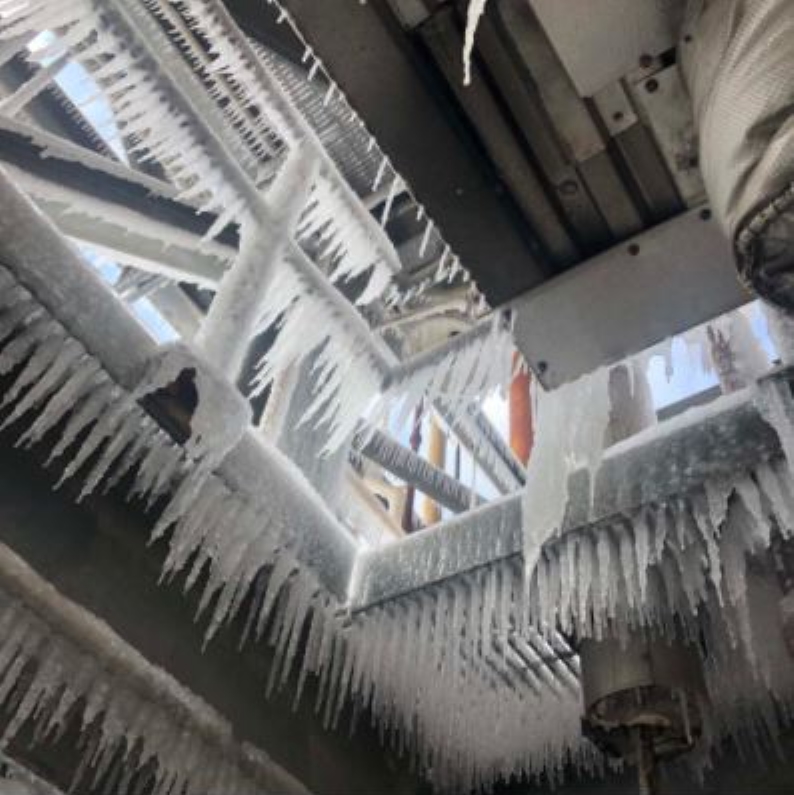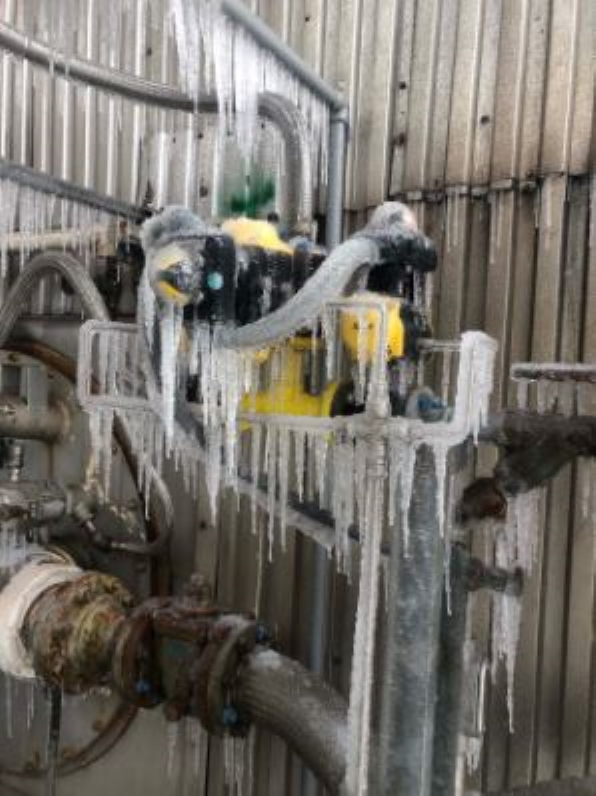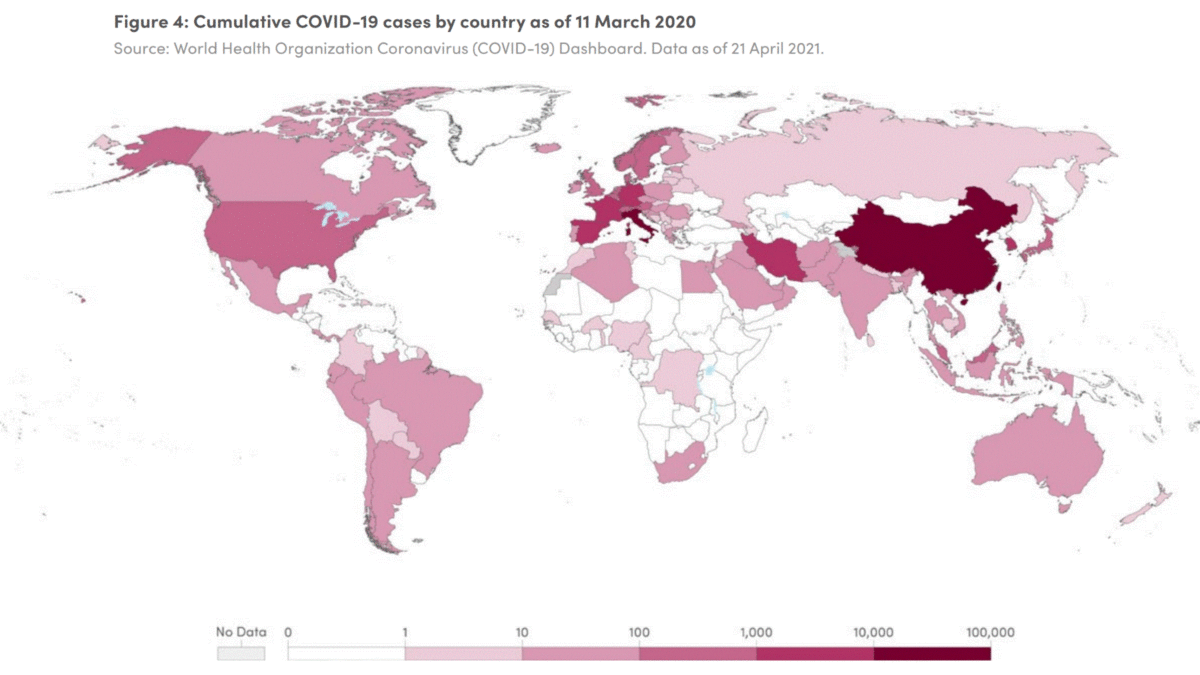Texas electric bills were $28 billion higher under deregulation – “Texas froze by design”

By Tom McGinty and Scott Patterson
24 February 2021
(The Wall Street Journal) – Texas’s deregulated electricity market, which was supposed to provide reliable power at a lower price, left millions in the dark last week. For two decades, its customers have paid more for electricity than state residents who are served by traditional utilities, a Wall Street Journal analysis has found.
Nearly 20 years ago, Texas shifted from using full-service regulated utilities to generate power and deliver it to consumers. The state deregulated power generation, creating the system that failed last week. And it required nearly 60% of consumers to buy their electricity from one of many retail power companies, rather than a local utility.
Those deregulated Texas residential consumers paid $28 billion more for their power since 2004 than they would have paid at the rates charged to the customers of the state’s traditional utilities, according to the Journal’s analysis of data from the federal Energy Information Administration.
The crisis last week was driven by the power producers. Now that power has largely been restored, attention has turned to retail electric companies, a few of which are hitting consumers with steep bills. Power prices surged to the market price cap of $9,000 a megawatt hour for several days during the crisis, a feature of the state’s system designed to incentivize power plants to supply more juice. Some consumers who chose variable rate power plans from retail power companies are seeing the big bills.
None of this was supposed to happen under deregulation. Backers of competition in the electricity-supply business promised it would lower prices for consumers who could shop around for the best deals, just as they do for cellphone service. The system would be an improvement over monopoly utilities, which have little incentive to innovate and provide better service to customers, supporters of deregulation said. [more]
Texas Electric Bills Were $28 Billion Higher Under Deregulation

Texas Froze by Design
By James K Galbraith
22 February 2021
AUSTIN (Project Syndicate) – Harvard Kennedy School’s William Hogan is credited with designing the Texas energy market. As Texans froze and their water pipes burst, he reportedly remarked that the state’s energy market has functioned as designed.
Hogan is right, which says a lot about how some economists think.
For years, electric utilities were a stable, dull business. To counter the effects of monopoly, utility commissions set and stabilized prices, and companies got a rate of return on their investment that was (in principle) enough to cover construction, maintenance, and a fair profit.
But economists complained: utilities had an incentive to over-invest. The bigger their operations and the higher their total costs, the more they could extract from the rate-setters.
Electricity is the ultimate standard product, every jolt exactly like every other. Texas had a self-enclosed energy grid, cut off from interstate commerce and thus exempt from federal regulations. What better place, what better product, to prove the virtues of a competitive, deregulated system?
So, economists proposed a free market: let generating companies compete to deliver power to consumers through the common electrical grid. Freely chosen contracts would govern the terms and the price. Competition would maximize efficiency, and prices would reflect fuel costs and the smallest possible profit margin.
The state’s role would be to manage the common power grid linking producers to consumers. In times of shortage, prices might rise, but those who did not wish to pay could flip their switches off.
In 2002, under Governor Rick Perry (later President Donald Trump’s secretary of energy), Texas deregulated its electricity system and established a free market, managed by a non-profit called the Electric Reliability Council of Texas (ERCOT), with roughly 70 providers. While a few cities – including Austin – kept their old-fashioned public power, they, too, were tied to the state system.
The problem is that electricity demand is inelastic: it doesn’t respond much to price, but it does respond to weather. In times of extreme heat or cold, demand becomes even more inelastic. And, unlike in an ordinary market, supply must equal demand every minute of every day. If it doesn’t, the entire system can fail.
The Texas system had three vulnerabilities. First, cut-throat competition to provide power in the cheapest possible way meant that machinery, wells, meters, pipes, and windmills were not insulated against extreme cold – rare but not unknown here. Second, while wholesale prices were free to fluctuate, retail prices depended on whatever contract the consumer had signed. Third, prices would rise the most at moments when demand for power was greatest – and would not fall. [more]


